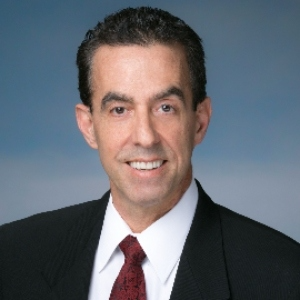Myofascial Release
Myofascial Release is characterized by its gentle and sustained pressure, allowing the fascia to respond and release gradually. This process may involve both direct techniques, focusing on specific areas of restriction, and indirect techniques, which work with the body's natural patterns of movement and positioning. The therapeutic benefits extend beyond physical relief, encompassing mental and emotional well-being as the release of fascial tension often corresponds to a sense of relaxation and improved body awareness. As a holistic approach to Manual Therapy, myofascial release considers the individual's unique anatomy, movement patterns, and overall health. It is commonly integrated into broader rehabilitation plans, collaborating with other therapeutic modalities such as physical therapy, chiropractic care, and Massage Therapy. Whether addressing localized discomfort or contributing to a comprehensive wellness strategy, myofascial release stands as a valuable tool in promoting optimal fascial health, restoring balance, and enhancing the overall quality of movement and life.

Jay Spector
American Academy of Podiatric Sports Medicine (AAPSM), United States
Marcia J Scherer
Institute for Matching Person and Technology, United States
Marcos Brioschi
American Academy of Thermology, United States
Blair Gorenberg
Shirley Ryan Abilitylab, United States
Roberta Sartori
IRCCS Materno-Infanitle Burlo Garofolo, Italy
Cho Li Yin
Taichung Veterans General Hospital - VGHTC, Taiwan




Title : Best practice guidelines for the use of pharmacological neuromodulation in disorders of diminished motivation: A comprehensive approach
Vaidya Balasubramaniam, Illawarra and Shoalhaven Local Health District Hospitals, Australia
Title : A forgotten component of knee osteoarthritis
Ron Blehm, EEI Physio LLC, United States
Title : Functional outcomes of DSSA-Based pelvic rehabilitation combined with manual therapy and electrostimulation in men after oncologic surgery: A retrospective case series
Eren Uyar, Fizyomen Physiotherapy & Rehabilitation Center, Turkey
Title : We are living and working in the age of individualization
Marcia J Scherer, Institute for Matching Person and Technology, United States
Title : Efficacy of Inspiratory Muscle Training (IMT) in post-weaning ICU recovery: A clinical randomized controlled trial
Warda Khan, Chongqing Medical University, Pakistan
Title :
Subramanya Adiga, Middlemore Hospital, New Zealand